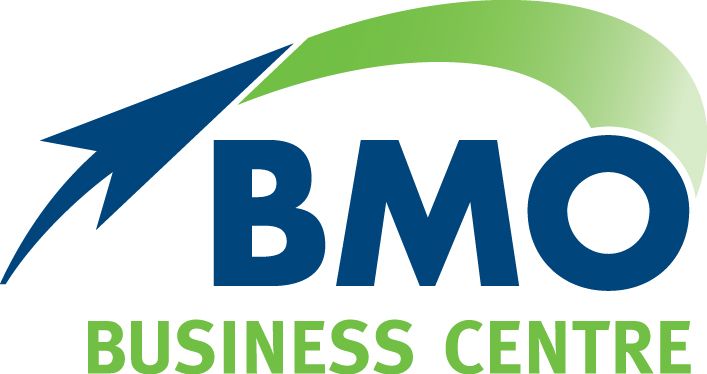Navigating FBT and Your Obligations
Businesses looking to attract and retain staff often provide employee benefits, on top of salary, as a way to sweeten the deal.
Many of these benefits (but not all) can have potential tax consequences – known as fringe benefits tax (FBT) - so it is important to weigh up the effect on your business.
FBT is separate to income tax and is calculated on the value of the benefit provided to the employee. Employers must work out the amount of FBT they owe each year and lodge a return.
It is worth noting that the FBT year is not the same as the financial year. It runs from 1 April to 31 March.
What to report
Most fringe benefits must be reported to the ATO. Some examples of benefits include: the use of a company car outside of work; free parking; gym membership; payment of school fees; tickets or vouchers for concerts, meals or movies; and living accommodation.
Some benefits do not need to be reported and do not incur FBT.i These include a number of benefits provided to employees working in remote areas, such as living assistance.
Other fringe benefits that are exempt from tax include work-related items such as portable electronic devices, computer software, protective clothing and tools of trade.
If the taxable value of an employee’s fringe benefits for the FBT year (1 April to 31 March) is less than $2,000, no reporting is required.
In adding up the fringe benefits, the ATO says you will need to make sure you include the employee’s part of any benefits they share with other employees as well as the value of any benefits provided to the employee’s associates, such as their partner.
Doing the numbers
For each employee, you’ll need to calculate their ‘reportable fringe benefits amount’ (RFBA) by multiplying the total taxable value of the benefits provided by an ATO ‘gross-up rate’.
The Type 1 gross-up rate is used where a GST credit entitlement is applicable to the benefit. The Type 2 gross-up rate is used where there is no GST credit entitlement applicable to the benefit. (For the FBT year ending 31 March 2023, the Type 1 rate is 2.0802 and the Type 2 rate is 1.8868.)
This calculation grosses up the pre-tax income the employee would have had to earn to buy the benefits themselves.
FBT and salary sacrifice
Benefits provided to employees through salary sacrificing may also attract FBT.
Under a salary sacrificing arrangement, an employee agrees to forgo part of their salary in return for benefits of a similar value, such as more super or a car. As a result, the employee pays less income tax and the employer pays FBT on the benefits provided.
Extra super contributions made under a salary sacrificing arrangement are not subject to FBT and are treated differently. They are considered employer contributions and are taxed in the super fund.
Claiming deductions
Employers can claim income tax deductions for the FBT they are required to pay. You can also claim an income tax deduction and GST credits for the cost of providing the fringe benefits.
The ATO provides some suggestions for reducing FBT liability. For example, employers do not incur an FBT liability if you give an employee a benefit they would have been able to claim as an income tax deduction if they had paid for it. Your FBT liability can also be reduced if the employee contributes towards the cost.
Fringe benefits can be a valuable and strategic tool in your recruitment and retention toolbox. We can help you understand and comply with the reporting requirements and be clear about the impact of FBT on your business.
i Fringe benefits tax - a guide for employers | Legal database (ato.gov.au)


